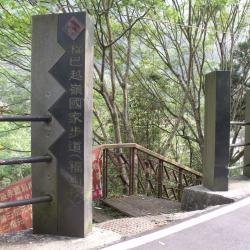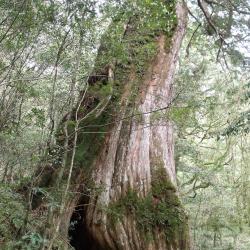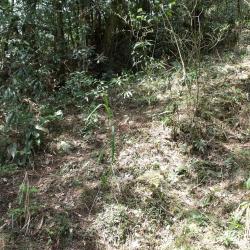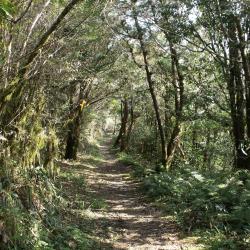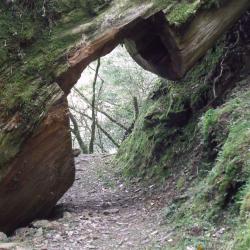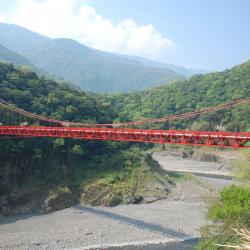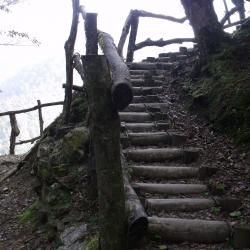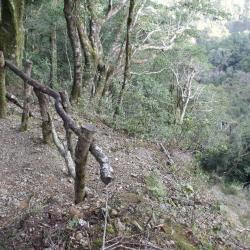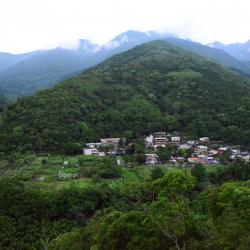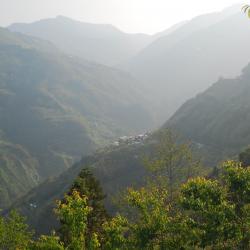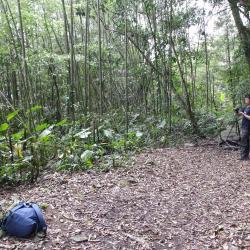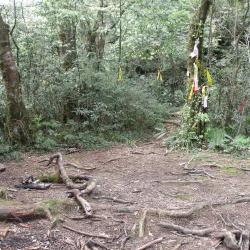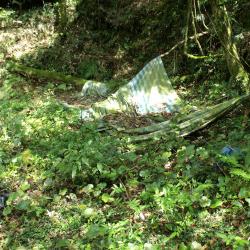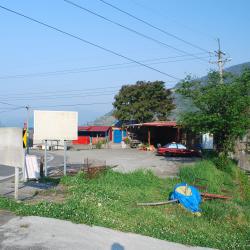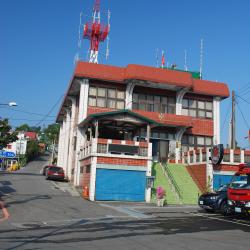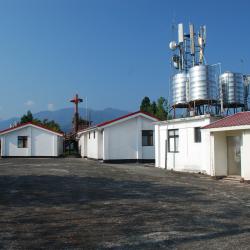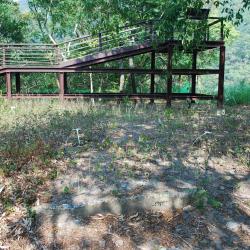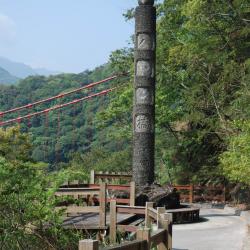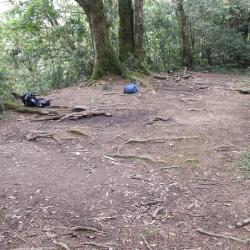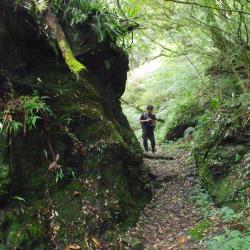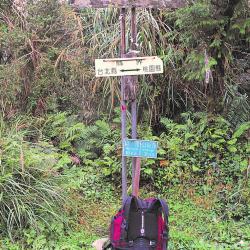The Fuba Cross-ridge Historic Trail, which runs through Wulai District of New Taipei City and Fuxing District of Taoyuan City, began construction in 1922 and completed the following year. The trail starts from Fushan in the north and reaches Baling in the south. It is about 33 km long and is one of the six historic tribal trails that run from north to south.
The Fuba Cross-ridge Historic Trail used to be a road for the local Atayal tribes to connect with each other. During the Japanese occupation, the Government-General in Taiwan expanded and extended this trail, which connected indigenous lands in Wenshan County in Taipei Prefecture with Daxi County in Hsinchu Prefecture. This was to better regulate indigenous peoples.
Today, some sections of the Fuba Cross-ridge Historic Trail have been incorporated into the foundation of the Northern Cross-Island Highway. Some sections have also been built as the Fuba Cross-ridge Trail and so the conditions of this trail are well maintained.
- - / -
- - - -
- -
- -/-
- -

